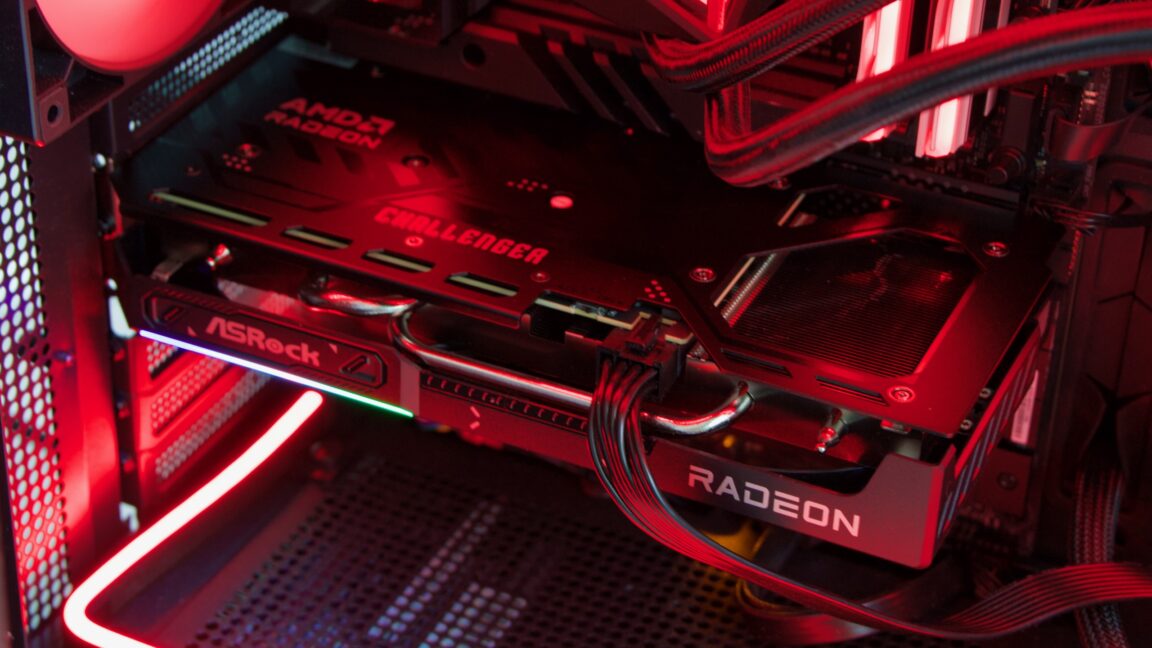Review: AMD’s Radeon RX 9060 XT Offers Powerful Midrange Performance at $349

With Nvidia's latest GeForce RTX 50-series graphics cards on the market, there's a ripe opportunity for AMD and Intel to regain some lost ground in the graphics card industry. Nvidia's new GPUs haven't been bad, but the lack of significant advancements over the previous generation has made the competition tighter.
AMD aims to capitalize on this with the new Radeon RX 9060 XT. Priced at $299 for the 8GB version and $349 for the 16GB model, this new card offers a compelling alternative to Nvidia's RTX 5060 and 5060 Ti. The RDNA 4 architecture addresses some of the previous generation's shortcomings, particularly in ray-tracing performance and power efficiency, while the 16GB of RAM guards against potential memory bottlenecks.
On paper, the RX 9060 XT seems similar to last generation's RX 7600 cards, but AMD claims its new architecture is significantly more capable. This is evident in the improved power efficiency and performance benchmarks. The 9060 XT uses the newer 4 nm TSMC process, resulting in lower power consumption compared to its predecessors.
Our testbed, powered by an AMD Ryzen 7 9800X3D, showed that the RX 9060 XT performs well, especially in 1080p and 1440p gaming, where it outpaces the last-gen RX 7600 XT significantly. This makes it attractive not just for 1080p gaming but as an affordable 1440p solution.
When compared with competitive offerings, the RX 9060 XT slots between Nvidia's RTX 5060 and 5060 Ti. While it trails the 5060 Ti slightly, its price and performance balance make it a strong contender, especially when the 5060 Ti's price is much higher than its MSRP.
Given the market conditions, finding a GPU at its list price is challenging. Yet, if you spot the 16GB RX 9060 XT at $349, it is a solid option. It's potentially more future-proof than any other GPU in its range, owing to AMD's efforts to address inefficiencies in their previous models.
The RX 9060 XT makes a case for itself in the ever-evolving GPU market, especially with AMD addressing power consumption and ray tracing weaknesses effectively. However, the 8GB variant faces limitations similar to other 8GB cards. As games and settings push boundaries, additional RAM becomes crucial for maximizing performance.
Overall, at its given price, the RX 9060 XT is an exciting midrange choice, but availability remains a key concern, as MSRP models are rare finds. Whether AMD can maintain this momentum will depend on market responses and actual pricing stability.
The Good:
- Excellent 1080p and solid 1440p gaming performance.
- Improved power efficiency and ray-tracing capabilities.
The Bad:
- 8GB versions are constrained by their limited RAM, affecting performance over time.
- FSR technologies have not reached the widespread support levels of Nvidia's DLSS.
The Ugly:
- Market pricing shades MSRP, affecting affordability.
- Availability issues remain a large hurdle in the current GPU landscape.